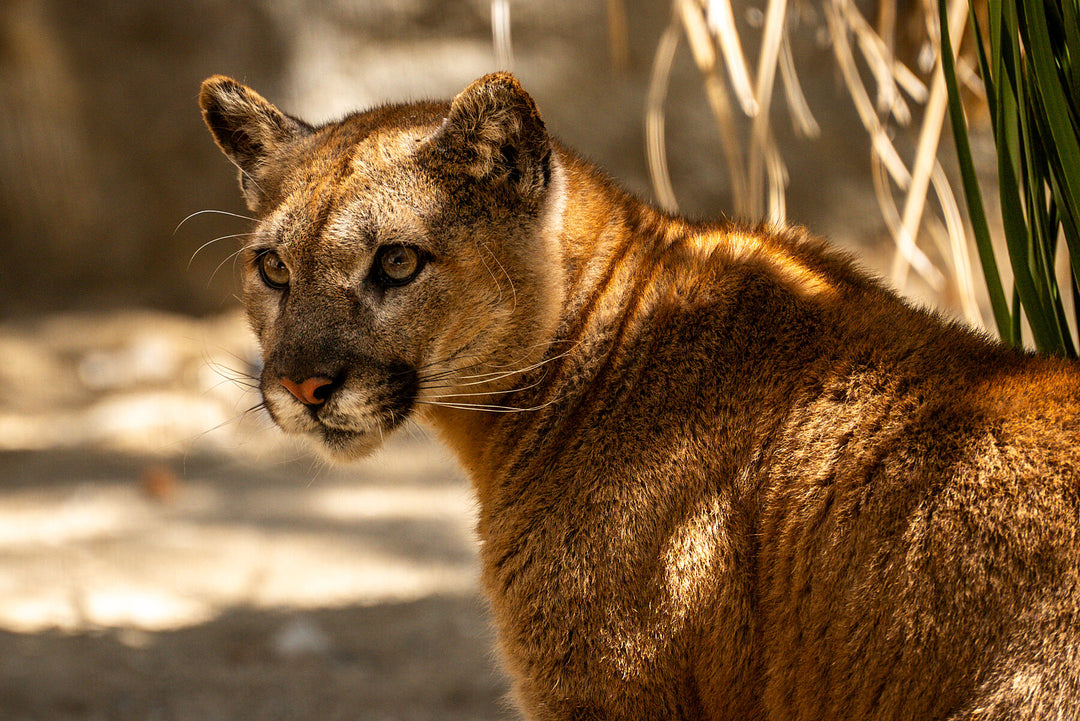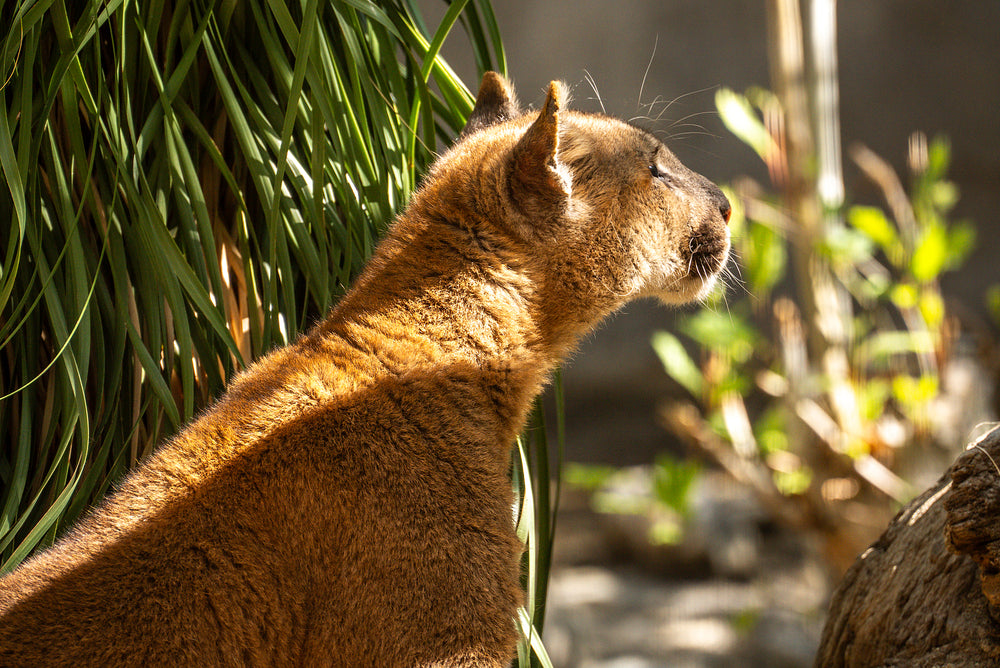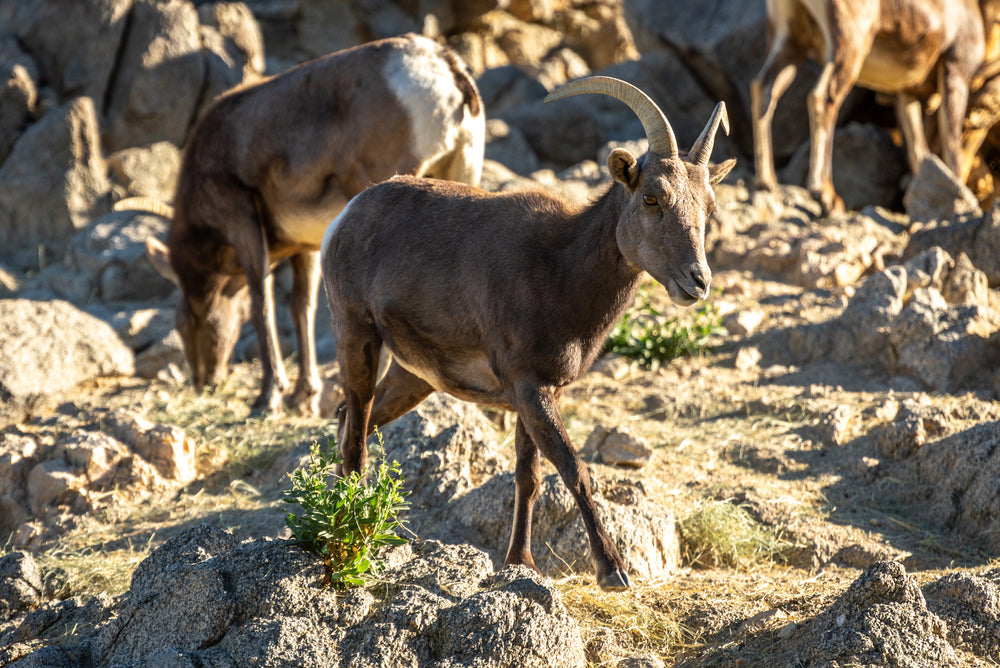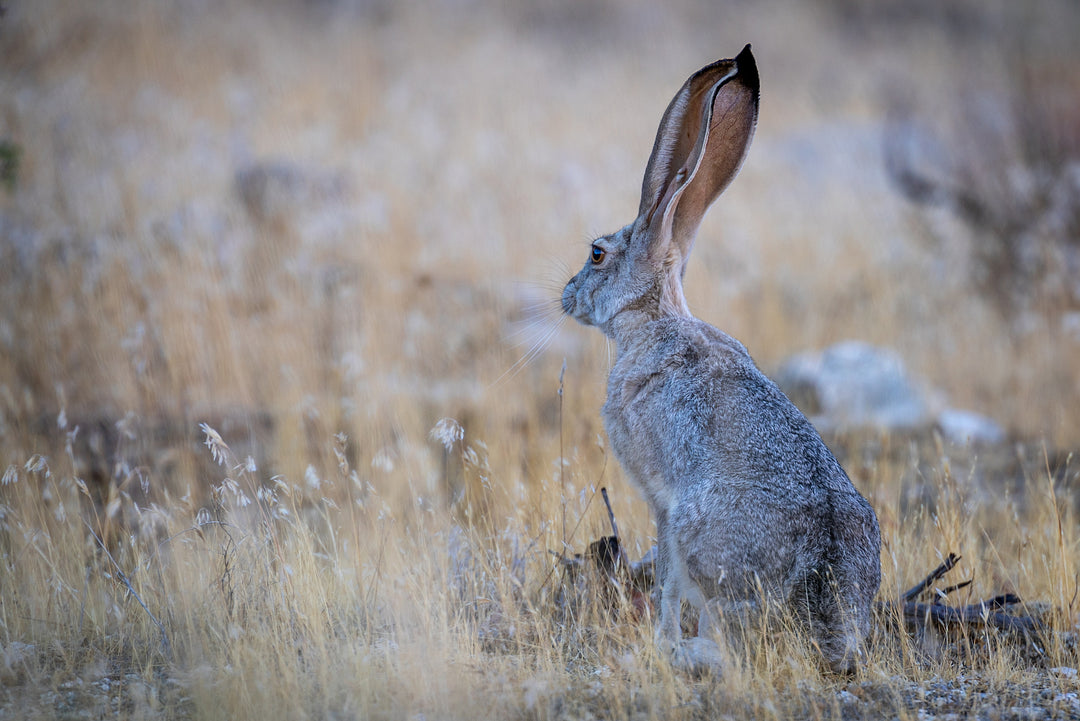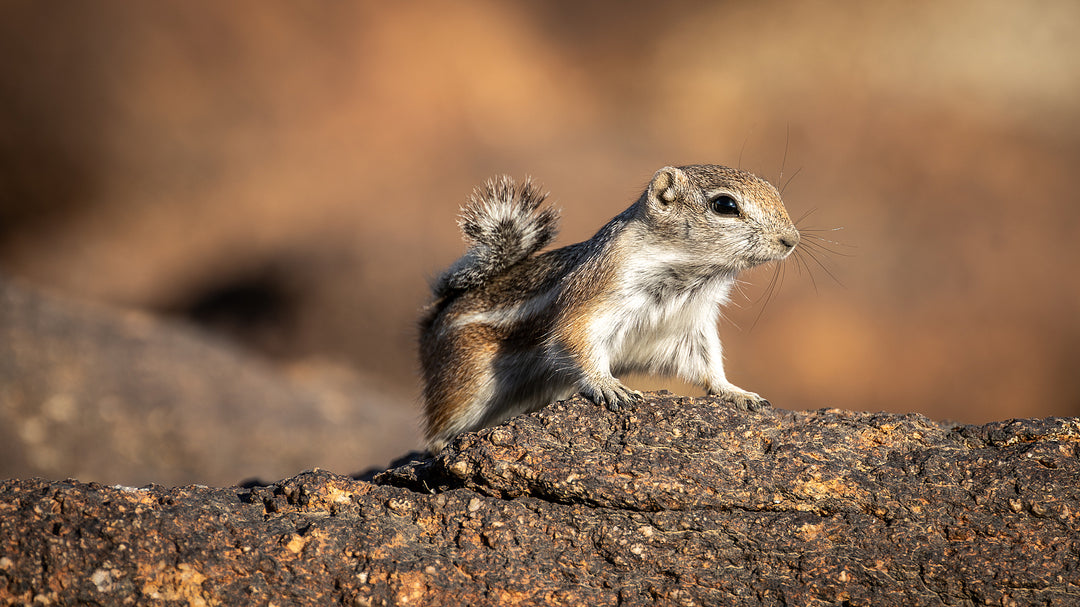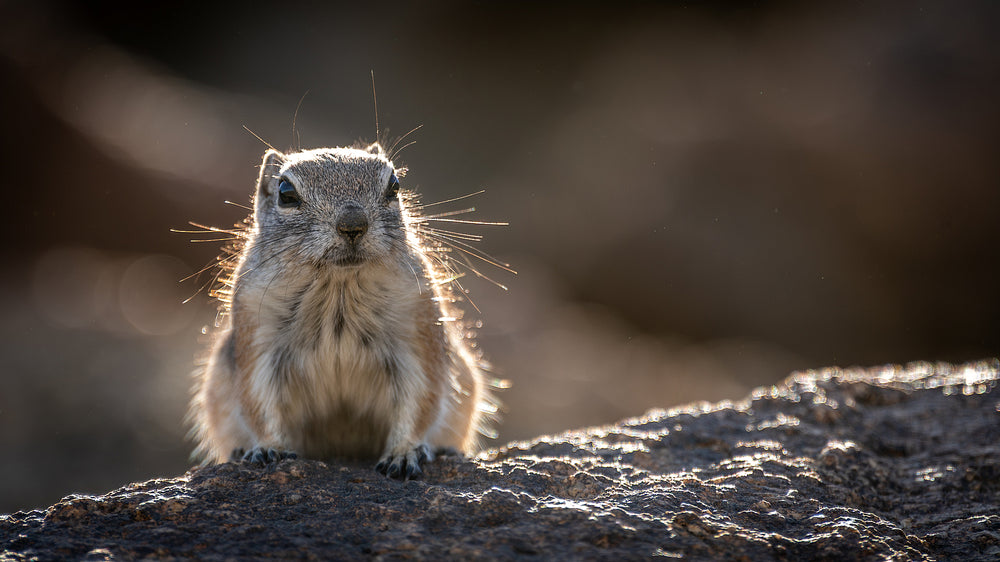A widespread and adaptable species native to the deserts of the southwestern United States, including the Coachella Valley.
Key Identification Features:
-
Size: Small, typically 2.5 to 5 inches snout-to-vent.
-
Coloration: Generally tan to light brown with darker mottling. Males often show patches of blue or turquoise on the sides of the belly during the breeding season, which is visible in your image.
-
Distinctive Marking: A dark blotch just behind each forelimb (hence "side-blotched"), although it can be faint in some individuals.
-
Body Form: Slim body, long tail, and slightly keeled scales.
Habitat and Ecology:
-
Habitat: Prefers open, arid habitats—rocky areas, sandy flats, and creosote bush scrub, which are common in the Coachella Valley.
-
Behavior: Diurnal and highly territorial. Males exhibit color-based morphs linked to alternative mating strategies (a well-studied example of evolutionary game theory).
-
Diet: Insectivorous, feeding on ants, beetles, spiders, and other small arthropods.
-
Adaptations: Excellent thermoregulators, they bask to raise their body temperature and seek shelter in burrows or under rocks during peak heat.
Ecological Role:
Side-blotched lizards are a vital link in the desert food web, serving both as predators of invertebrates and as prey for snakes, birds, and mammals. Their high population density and rapid reproductive rate make them an important ecological indicator.





